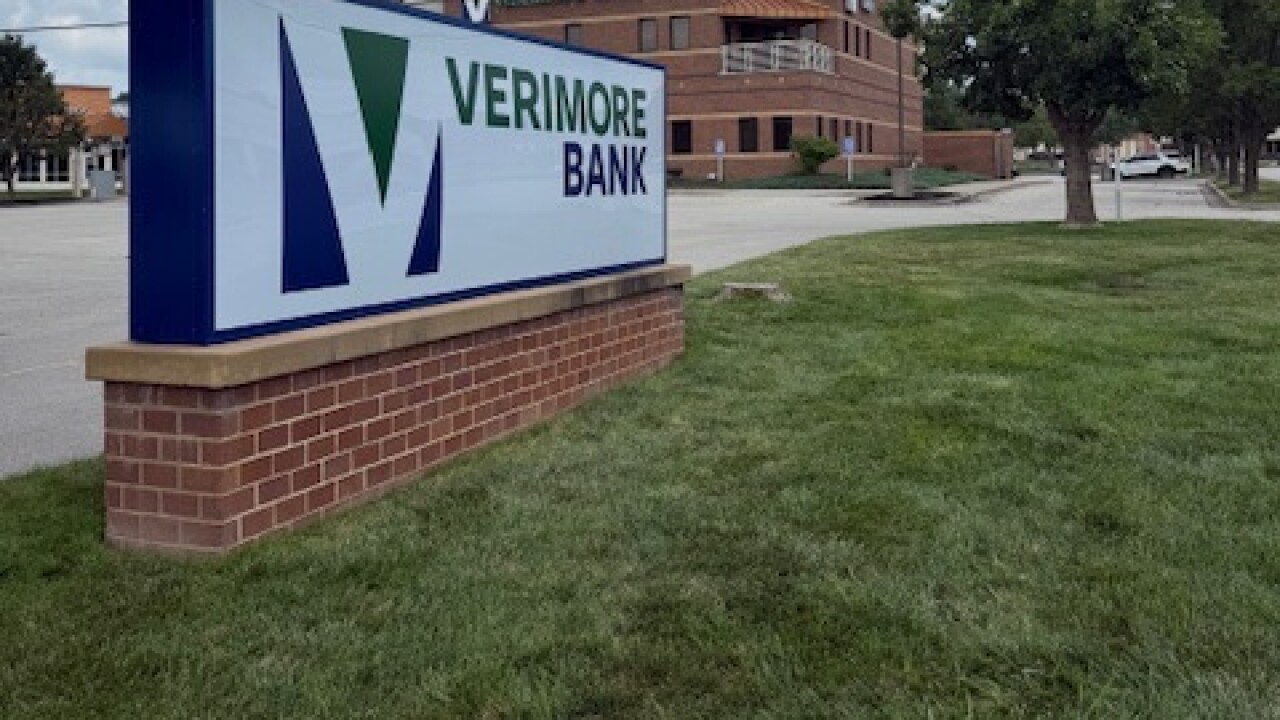BROOKLYN, N.Y. -
That could stretch the $1.1-billion Polish & Slavic Federal Credit Union's branch network as far south as Florida and as far west as Arizona, says Chmielewski, former manager of PSFCU's Bayonne, N.J. branch and one-time banker who was named the credit union's president and chief executive officer in May.
"We serve the financial needs of Polish immigrants to the United States, something I always dreamed of doing," said Chmielewski, who first came to this country on a work visa in 1989, returned to Poland in 1992, then came back to the U.S. for good in 1996. "This is my dream job."
For PSFCU itself, which recently turned 30 years old, the dream of serving Polish and Slovack immigrants was not without its nightmare periods, including a three-year conservatorship under NCUA from 1999-2001. But through it all the credit union persevered, helping those immigrants adjust to the rigors of the U.S. financial services system, funding up to $600,000 per year in member scholarships, financially supporting schools that offer Polish language and history classes, and helping rebuild Brooklyn's once-crumbling Greenpoint neighborhood by financially supporting and educating immigrants who settled there.
As for PSFCU's earlier struggles, members who have come to rely on the Polish-speaking institution don't remember or don't care, said Chmielewski, who declined to comment on specifics challenges PSFCU faced.
"I don't know if I should say this, but NCUA is very happy with our current operation," said Chmielewski, a Lomza, Poland native who earned a master's degree in economics from the Warsaw's Main School of Planning and Statistics. And those past issues are not likely to get in the way of the credit union's future plans.
PSFCU was formed in December 1976 as Industrial and Commercial FCU by a group of Polish immigrants who wanted to help fellow Poles buy homes in the Greenpoint area. At the time, no bank was willing to support investment in the decaying neighborhood, according to Marek Luniewski, one of PSFCU's founders.
"Banks considered Greenpoint a total disaster, a write-off with potholes in the street, dilapidated sidewalks and shabby storefronts, some of which looked like they'd been taken directly from pre-war provincial Poland," Luniewski said. Banks were afraid that the new immigrants wouldn't be able to pay off their mortgages on such questionable properties, especially since few of them had past credit histories the banks required to assess creditworthiness, he added.
The immigrants who founded PSFCU knew differently, convinced that the thrift and financial conscientiousness their members exhibited in Poland would follow them to the U.S., allowing both the population and the neighborhood to flourish. Since the CU also offered its services in Polish, members felt a greater sense of community and comfort when dealing with an issue as sensitive as personal finances. In an old neighborhood abandoned by banks, PSFCU flourished.
"Those non-creditworthy families who purchased homes in Greenpoint three decades ago now own three-family properties with prices tags of well over $1 million," said Marian Ponanta, PSFCU's vice president of marketing. "They're laughing all the way to the credit union."
PSFCU continued its growth, serving primarily Polish immigrants, as well as some Slovaks, Russians and Ukrainians, whose languages are similar to Polish. The credit union's 70,000 members in New York and New Jersey tilt slightly toward younger members, Ponanta said, but represent a cross-section of all age groups.
The credit union has bolstered its community presence by committing $600,000 annually to scholarships and donations to educational institutions. On June 28, 191 students received an aggregate of $296,000 in educational support, raising the total amount awarded to more than $1 million over the scholarship program's six years of existence. The credit union recently contributed $100,000 to Columbia University to endow its chair of Polish Studies. PSFCU also financially supports Polish Supplementary Schools and other events central to the Polish community the CU serves.
"The fact that PSFCU has always served primarily Polish immigrants has always worked in our favor," Ponanta said. "Even today, all our services are offered in both Polish and English, allowing us to become specialists operating in a market niche no bank knew how to serve."
That's not to say that banks haven't tried to capitalize on PSFCU's market, In fact, HSBC, the world's third-largest bank, originally lured Chmielewski away from the credit union, making him vice president in charge of developing the same Polish clientele that PSFCU serves. When HSBC opened its Greenpoint branch in April 2006, Chmielewski was even able to convince former Polish leader Lech Walesa to attend the ceremonies, making it the largest branch opening in the banking giant's history. The financial executive, who had remained a PSFCU member and community resident, was lured back to take PSFCU's top slot earlier this year.
PSFCU officials hope that member commitment levels remain high as the number of Polish immigrants declines and younger, better-educated arrivals, many of whom already speak English, fan out to other financial institutions and non-Polish communities. PSFCU plans to expand its presence to wherever there are sizeable clusters of Polish immigrants and has recently opened a branch in Maspeth, N.Y. With 10 branches already operational, PSFCU officials have committed to at least a branch-per-year strategy. The credit union has already targeted Trenton, N.J. and Allentown, Pa., two communities to which many former Greenpoint residents have moved, with others on the horizon.
"We're also looking at Connecticut, Arizona, Florida and Michigan," said Chmielewski, "and maybe Chicago, which has a large Polish population.
"Expansion is our main goal," he adds. "If you compare our offers to those of other institutions, there's nothing to be ashamed of."





